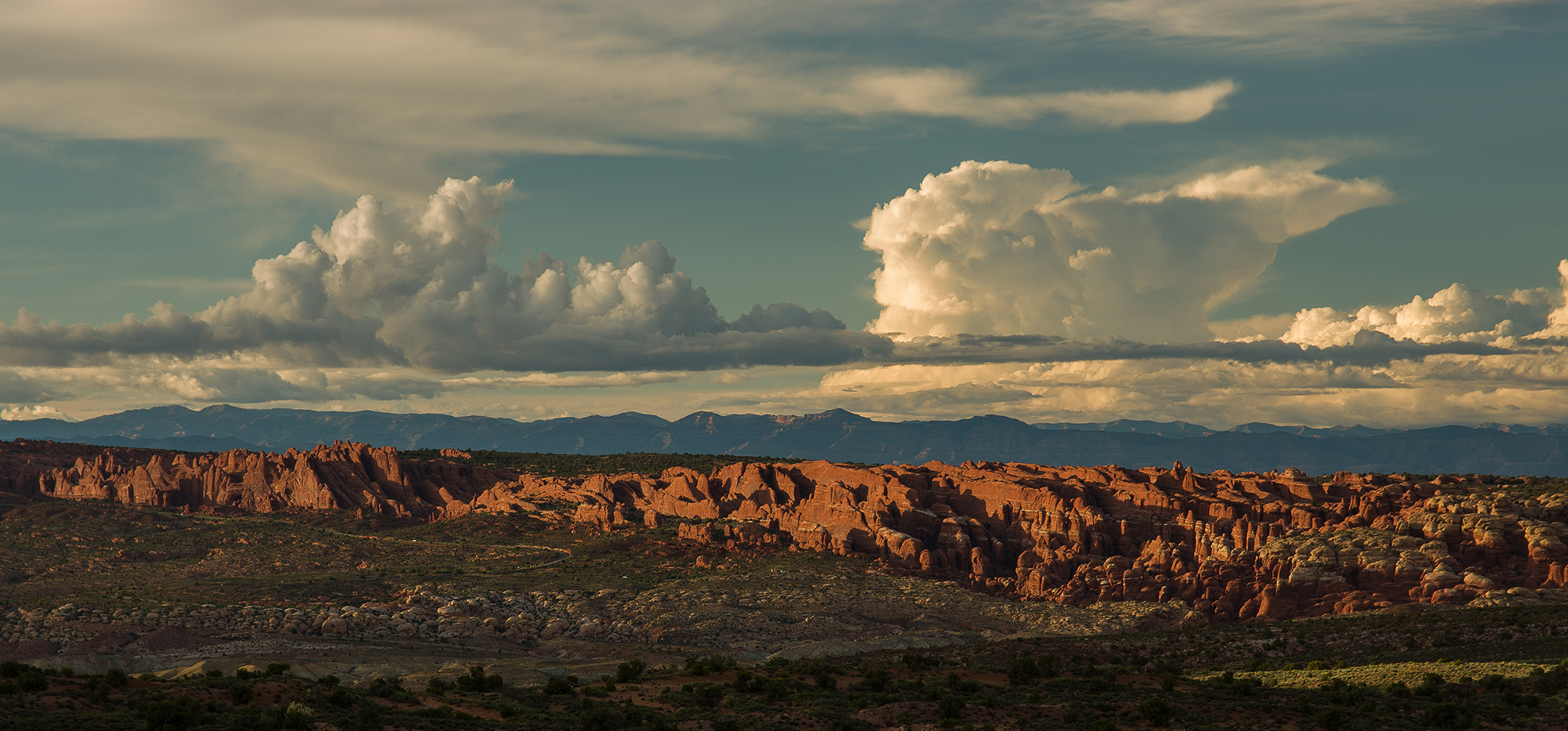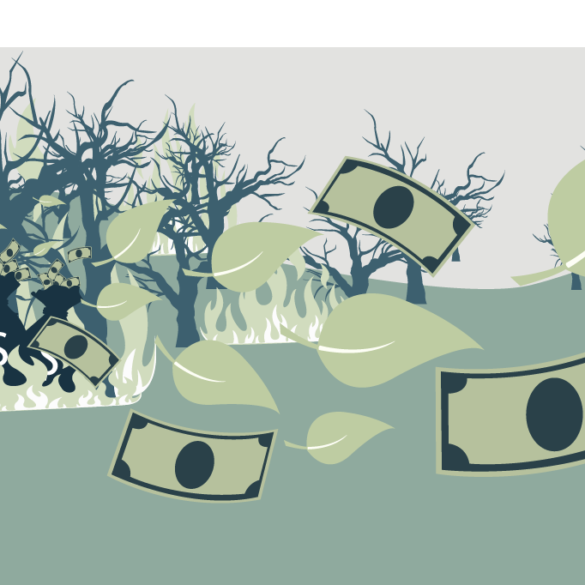With visitation on the rise and funding on the decline, America’s national parks look to curb overcrowding.
I sat under Surprise Arch. My hands, flat on the cool sandstone, supported me as I stared at the stone beam above. It was the summer of 2016, and I was on a guided tour of the Fiery Furnace, a feature in Arches National Park that the National Park Service describes as a natural labyrinth of narrow passages between towering sandstone walls. My family and I had just climbed short rock walls and leapt over deep crevasses. Now, we were resting under one of two arches on the tour.
Our guide, Christian, took this moment to step into his park ranger boots and talk about the tourism challenges facing America’s national park system. He said several parks were welcoming more tourists than they could support, and that this increase in visitation was harming the preservation of these protected lands. He wanted our opinion. How should we protect the parks while still letting people enjoy them?
“How about a lottery?” one woman said. I shot a glance in her direction, then looked back at Christian, shocked at the suggestion. He only shrugged. A lottery is not an option, I thought. I don’t want this to be my last time in Arches National Park, just because my name might never be drawn to be one of the few, lucky visitors.
I stood, wanting to get out of the crowded space. As much as I didn’t like the idea of a lottery system, Christian had made it clear that the preservation of national parks would be compromised under the pressure of millions of visitors every year. But there is no clear solution.

Since its establishment in 1916, the National Park Service has tried to uphold its mission of preserving the natural and cultural resources of the national park system for the enjoyment of future generations. According to its website, the organization created the Find Your Park campaign in 2016 to spread the word about national parks using social media. The movement was designed to get people to the parks, and it worked. Chelsea Sullivan, a spokesperson for the National Park Service, says overall site visitation increased by more than 23 million people in the campaign’s first year.
Last year, National Park Service sites saw more than 330 million visitors. To add some perspective, that’s more people than went to every 2017 NFL, NBA, and MLB game, combined.
Guests at national parks don’t always understand what it means to tread lightly. Not every visitor knows to stay on the trails and off the soil that could be vital for healthy vegetation growth, or that taking souvenirs, such as rocks or pine cones, can harm the balance of the park’s ecosystem. Sullivan says the parks often contain certain trees, rocks, and other natural features that are specific to the environment of that area. Once these resources are completely removed from their natural spaces, it can be impossible to get them back.
But the challenges facing National Park Service sites aren’t just from visitors disrespecting the land. The spaces are also overcrowded, says Sullivan. Visitors are parking cars where they shouldn’t be and using more water than the parks can support. The National Park Service is struggling to keep up with its guests, especially in the face of mounting budget pressures.
This year, President Trump requested a $143.8 million decrease in the National Park Service’s Park Operations budget. In addition to national parks, this cut will affect all sites managed by the National Park Service, including national recreational sites, national historic sites, national monuments, and more.
Even with the recent increase in visitation, national parks aren’t bringing in enough funding to maintain infrastructure, according to the National Parks Conservation Association. Older parks, like Zion National Park, weren’t designed to hold millions of people. Amid years of record-breaking visitation, Zion National Park’s Twitter warns potential guests of long lines, encouraging them to plan ahead.
Last fall, in an attempt to maintain funds, the National Park Service proposed an option to significantly raise entrance fees to up to $70 per vehicle during peak season. Following negative feedback for the proposal, the National Park Service only raised the fee for more popular parks to $35 per vehicle.
So, the National Park Service is now faced with a difficult decision: Do they start requiring visitor reservations, or put a daily cap on the number of visitors given access to these protected places?
To be truly fair, a reservation system would need to be done in the form of a lottery. Otherwise, those with time to sit on the computer all day would have an advantage in securing their spots on the list. Alternatively, the National Park Service could set a maximum number for daily visitors and select names at random. A few parks are already implementing this potential solution. For example, Sullivan says Denali National Park uses a lottery to limit access to the park’s main road. Lottery systems are also used to determine visitor access to the Colorado River in Grand Canyon National Park.
Sullivan believes the best option for protecting the parks is for visitors to do their part. Guests can donate their time to volunteering at national parks, or at least listen to and follow all of the visitation guidelines. Most importantly, Sullivan says, visitors should “Leave No Trace.” This initiative encourages visitors to leave natural areas unchanged and unharmed, taking away nothing but photos.
The National Park Service hasn’t adopted one official solution for the overcrowding of parks, but the idea of a lottery reservation system has bothered me ever since that day in the Fiery Furnace. I’ve traveled to national parks every year since I was 11 years old, and I’ve learned that no matter how many times I visit each place, I can always see something new. The realization that a lottery system could prevent me from ever standing on the rim of the Grand Canyon, or watching from the boardwalk as Old Faithful geyser erupts a hundred feet into the air, is heartbreaking. But the possibility that, one day, these places couldn’t stay preserved as they are now—that is worse.




